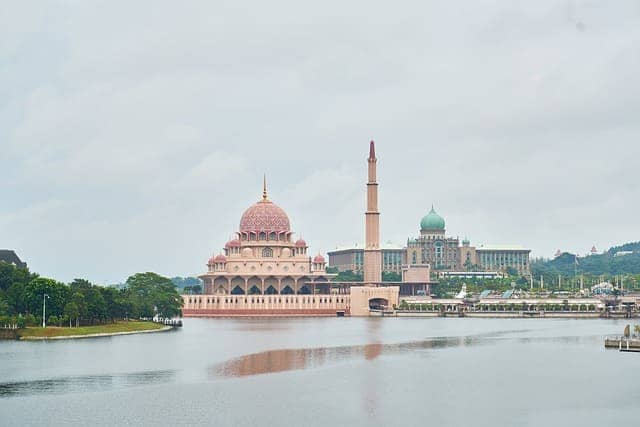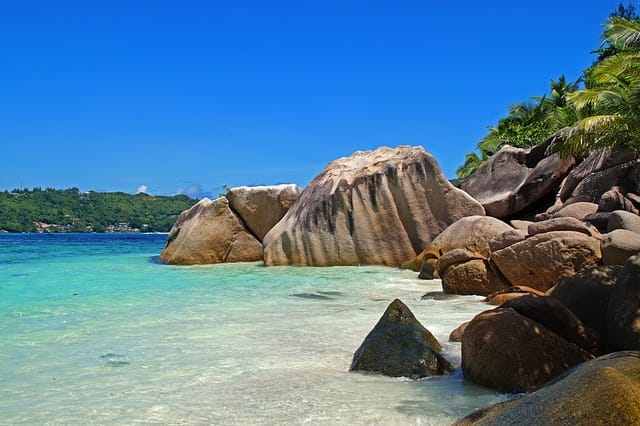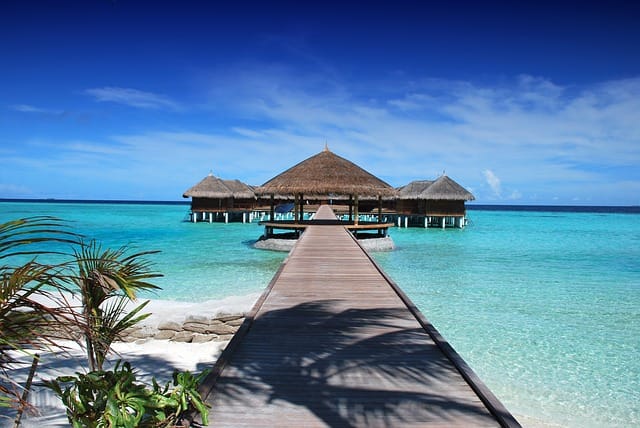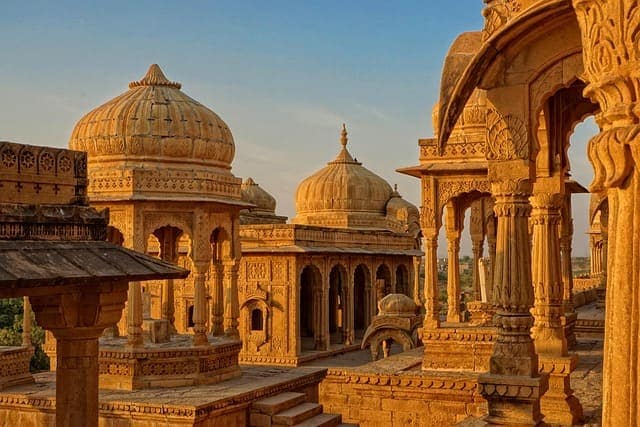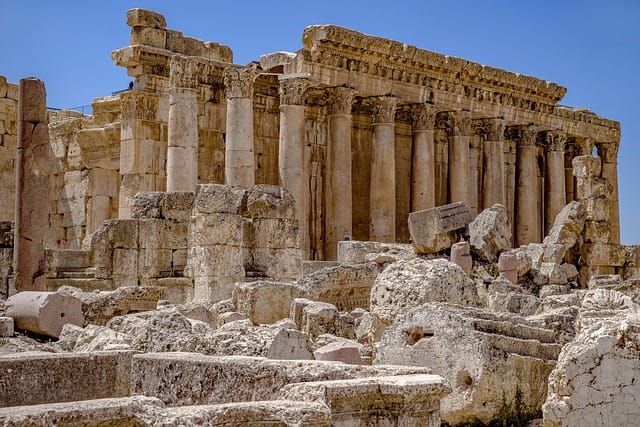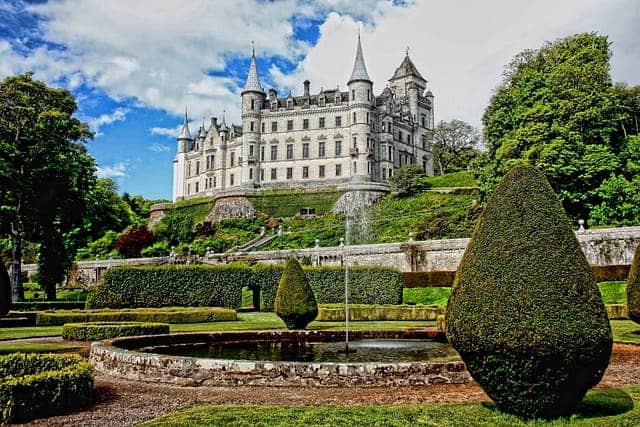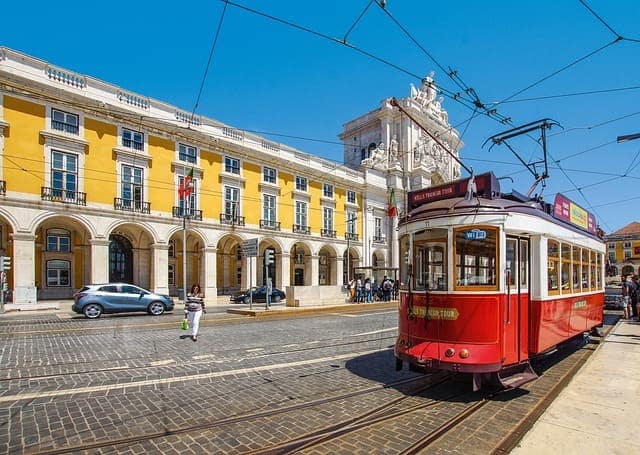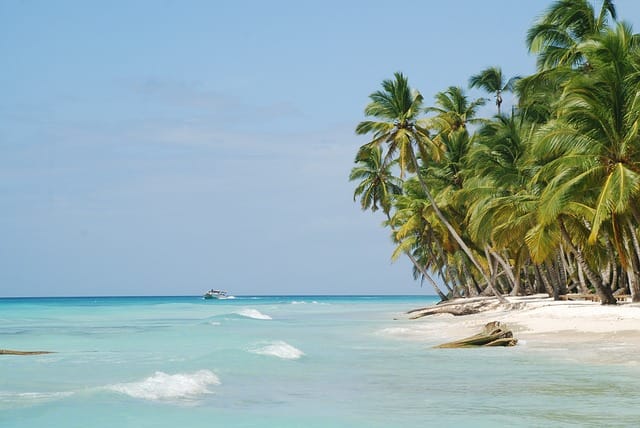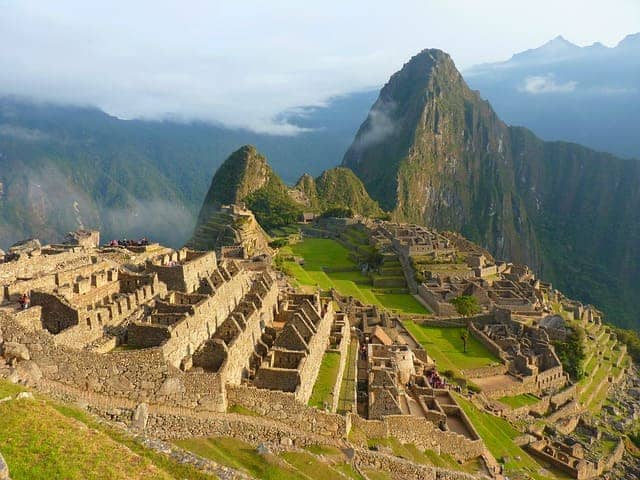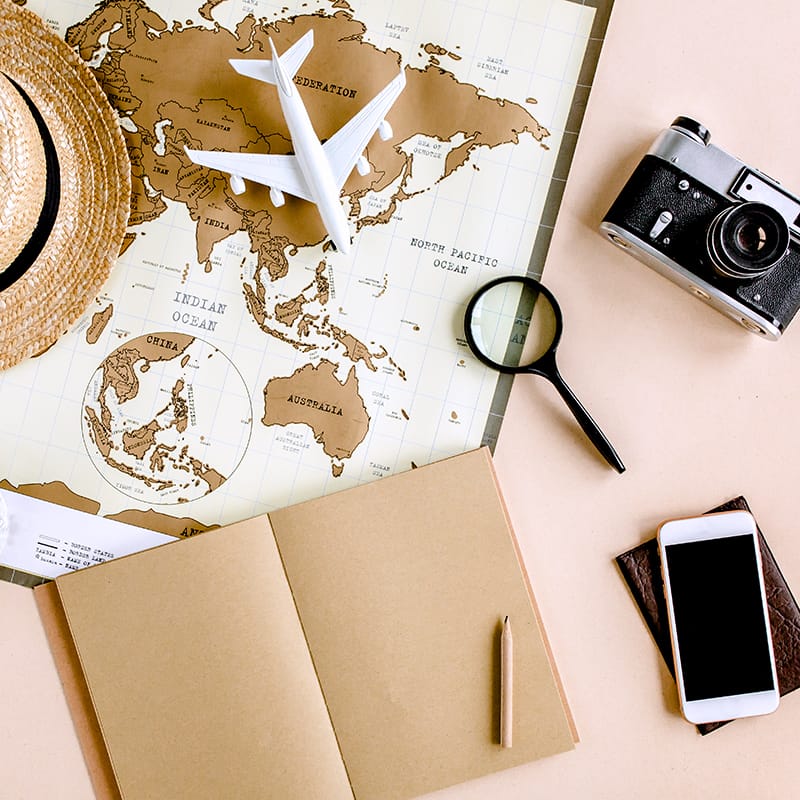7nights/8 days
1° day: Arrival in Naples
Car collection.
The first stage includes a tour of some of the most important places in the Campania capital which include museums, churches and hidden treasures. There are several itineraries to follow in the historic city center, a Unesco World Heritage Site, which touch Piazza Trieste and Trento, Castel dell’Ovo, Mergellina, the Cathedral, the Catacombs, San Gregorio Armeno.
Included: visit Underground Naples with guide and ticket for the Sansevero Chapel
1st / 4th day: Naples
3-night stay, with breakfast, in a central hotel
2° day: Capri, Ischia e Procida
The islands of the Gulf of Naples are pearls famous all over the world for their beauties, suggestive panoramas and unique naturalistic and cultural characteristics in the world. The visit of Capri includes a walk through the rocky path , the Gardens of Augustus and the legendary via Krupp; Procida, from Terra Murata to Vivara, and the discovery of the Green Island
Included: ferry and lunch on the chosen island.
3° day: Napoli/ Pompei e/o Ercolano/Napoli
A trip to the ancient Herculaneum with the excavations and the Virtual Archaeological Museum, but also a visit to the shining gems along the Golden Mile or the Vannucchi, Campolieto, Ginestre villas etc. It is possible to extend the itinerary towards the excavations of Pompeii
Included: admission ticket and guided visit to the site of your choice.
4th day: Naples / Caserta / Salerno
Discover Caserta which preserves its art jewels, as well as in its historic center, also in the beautiful land that surrounds it. The ancient village of Casertavecchia, with a typical medieval layout, narrow alleys and stone houses are arranged around the Cathedral, is perched on a hill from which it dominates the surrounding area. The visit is completed by the Royal Palace and the San Leucio Complex, both Unesco Heritage. Arrival in Salerno.
Included: entrance ticket and guided tour of the Royal Palace and the San Leucio Complex
4°/7° day: Salerno
3-night stay, with breakfast, in a central hotel

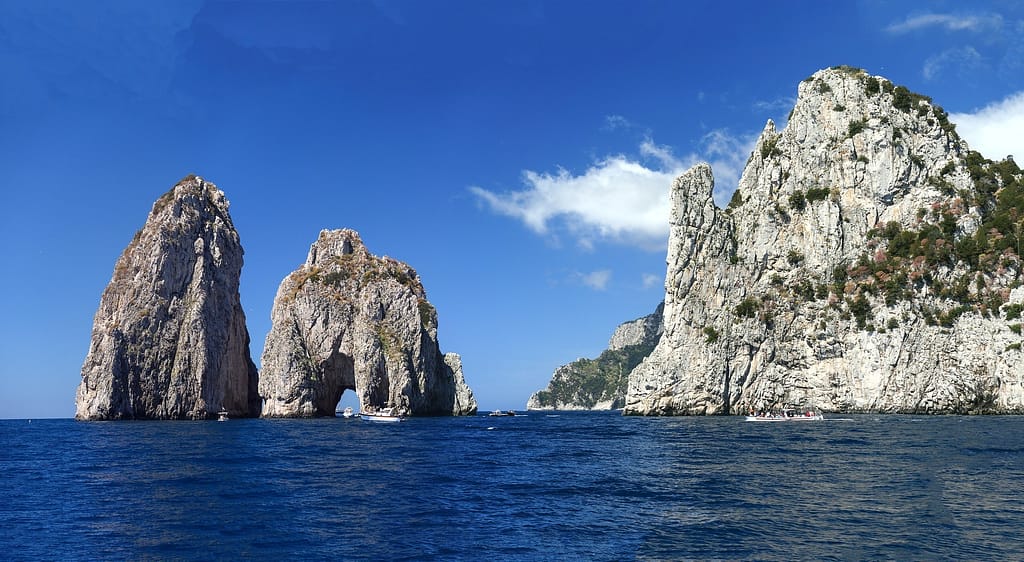
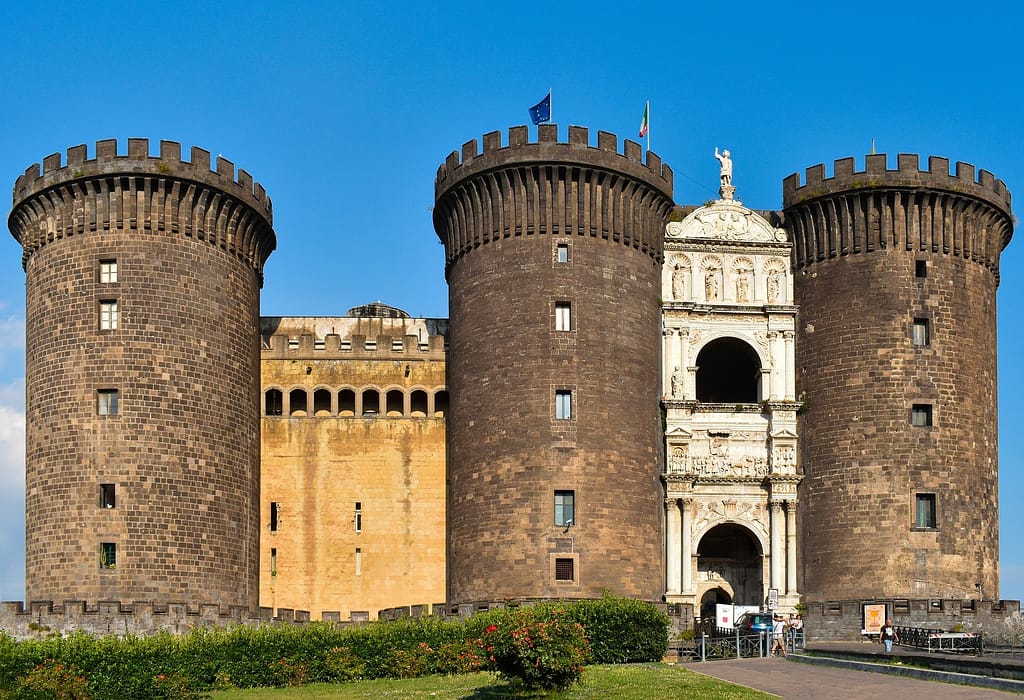
5° day: Salerno
Visit of Salerno, from the Arechi Castle to the Lungomare Trieste following an urban trekking route that will introduce you first of all to the ancient Via dei Mercanti, which crosses the entire historic center, as well as taking you to the discovery of the Provincial Art Gallery, the Duomo, the Complex of Santa Sofia, from the Giardini della Minerva to the Arechi Castle.
Included: guide for urban trekking
6th day: Salerno / Paestum / Cilento jewels / Salerno
Itinerary to discover the magnificent Temples of Paestum and the Museum. Continue to Cilento, one of the most beautiful areas of Campania which boasts numerous places of great tourist interest. There are numerous stages not to be missed:
Caves of Pertosa, Certosa di Padula, Caves of Castelcivita and the numerous villages on the coast.
Included: entrance ticket and guided tour of the excavations and the Paestum Museum.
7° day: Salerno/Costiera Amalfitana/Sorrento/Napoli
An itinerary from Vietri to Positano passing through Ravello that touches the historic center of Amalfi , the historic center of Positano and which continues with Sorrento and arrives in Naples.
The Amalfi Coast appears as a balcony suspended between the cobalt blue sea and the slopes of the Lattari mountains, in a succession of valleys and promontories between coves, beaches and terraces planted with citrus, vines and olive trees, a unique environment, protected by UNESCO as perfect example of Mediterranean landscape with a scenario of great cultural and natural value.
Our advice: canoe excursion with instructor from one of the towns on the Amalfi Coast.
7° day: Napoli
Car drop off.
Return to your city of origin.

